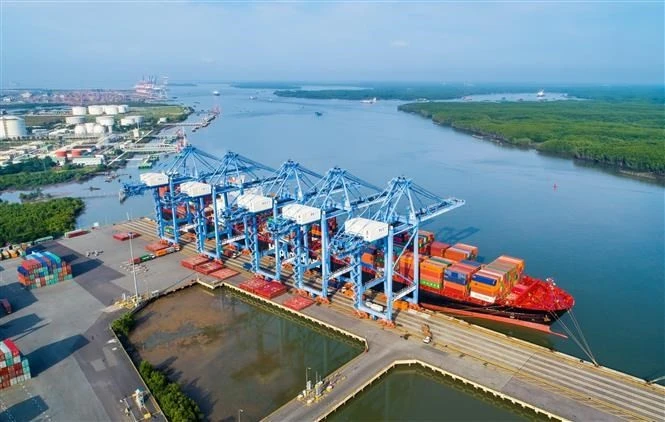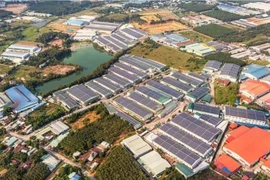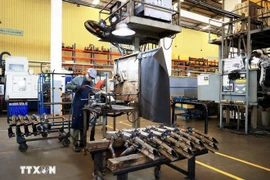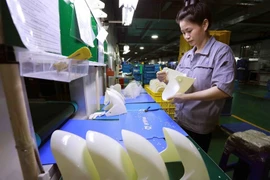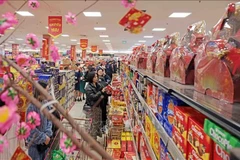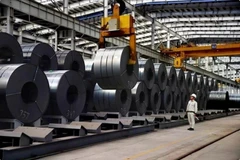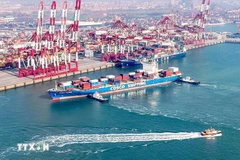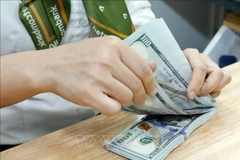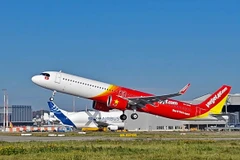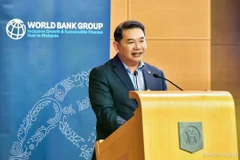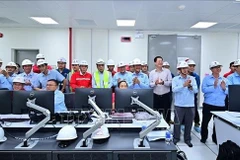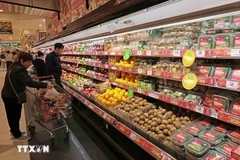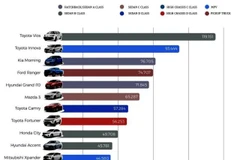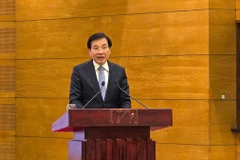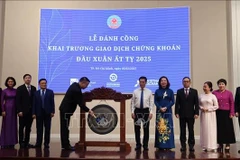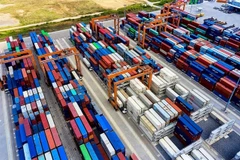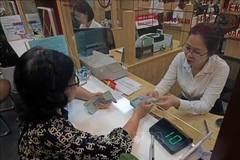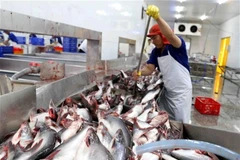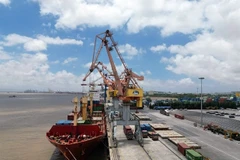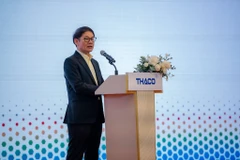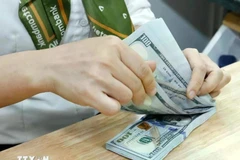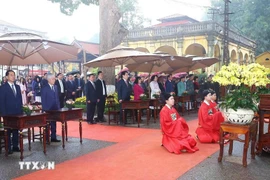Hanoi (VNA) – More than 4.33 billion USD in foreign direct investment (FDI) was funnelled into Vietnam in January, a year-on-year surge of 48.6%, the Ministry of Planning and Investment’s Foreign Investment Agency reported.
The investment landscape saw 282 new projects being registered, with total capital amounting to nearly 1.29 billion USD, representing a 43.6% decrease from a year earlier. Meanwhile, the additional capital from 137 existing projects saw a dramatic increase, reaching 2.73 billion USD – more than six times higher than the same period last year.
In the month, foreign investors engaged in 260 share purchases and capital contributions, totalling 322.9 million USD, up 70.4% year-on-year despite a 12.2% fall in the transaction number.
As much as 1.51 billion USD was disbursed in January, rising 2% against the same time of 2024.
The manufacturing and processing industry dominated foreign investment, attracting over 3.09 billion USD, equivalent to nearly 71.3% of total investment and showing a remarkable 99.1% increase year-on-year. Real estate followed as the second most attractive sector, securing nearly 1.09 billion USD, representing 23.5% of the total despite a 6.4% decrease from the same period last year.
Among 55 countries and territories landing investments in Vietnam in January, the Republic of Korea emerged as the leading investor with total investments exceeding 1.25 billion USD, a 13.4-fold increase, followed by Singapore with more than 1.24 billion USD. Meanwhile, Japan, China, and Hong Kong (China) rounded out the top five investors.
Notably, Chinese investors led in the new project number, accounting for 30.1%, while Korean investors dominated in capital adjustments and share purchases with 25.4%.
Geographically, northern Bac Ninh province attracted the highest investment with over 1.39 billion USD, accounting for 32.2% of the total value and surging nearly 6.1-fold year-on-year. Southern Dong Nai province and Hanoi followed with 959 million USD and 716.4 million USD, respectively making up 22.1% and 16.8% of the total.
Meanwhile, Ho Chi Minh City was the most attractive destination for new projects (35.5% of the total), capital adjustments (19%), and share purchases (64.2%)./.
